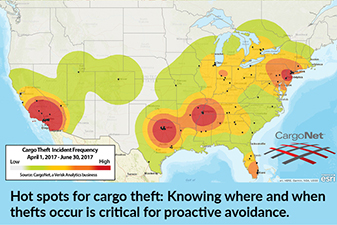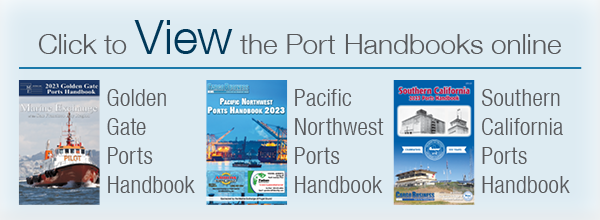|
By Mark Montague, DAT Solutions
For decades transportation and logistics pros have relied on docket numbers—MC numbers issued by the Federal Motor Carrier Safety Administration—to identify trucking companies when they look up a carrier's records in government databases.
This year, FMCSA began to phase out the use of MC numbers and other identifiers; as of Dec. 1, 2017, FMCSA will no longer accept expired versions of the MCS-150, MCS-150B, and MCS-150C. Instead, under the new Unified Registration System (URS), the FMCSA will use the USDOT number as its unique identifier for motor carriers, brokers, freight forwarders, and others under federal jurisdiction. Safety, insurance, operating authority, and other records are compiled into one profile, accessible online.
Why is this important?
MC numbers are transferrable, so when a motor carrier is shut down for safety or legal reasons it can easily open up again under an assumed identity. The FMCSA says that eliminating MC numbers and compiling all carrier data into one profile linked to a USDOT number will make it harder for these "chameleon" carriers to exist.
Keith Lewis, vice president of operations at CargoNet, spoke at our DAT User Conference recently about how thieves take advantage of the way shippers manage due diligence and relationships with trucking fleets.
"Fictitious pickups are a pervasive issue," he said. "By fictitious pickup, I mean people with false documents or identities coming onto your premises, loading up, and driving away with your freight. You may not even realize the load is stolen until you get a call from the receiver asking why the driver is late."
CargoNet is an organization that focuses on aggregating and sharing information among multiple task forces, other police agencies, and the logistics industry. Lewis said the change to the URS is a good opportunity to review your procedures for verifying that a truck driver is who he says he is before he leaves your yard. Here are a few steps you can take:
Screen employees: Drivers, warehouse employees, and anyone who has access to shipment information and logistics details are your first line of defense against theft. Get to know who is hauling your freight. "That might involve taking a picture of the driver or getting a fingerprint on the bill of lading," Lewis said.
|

Take advantage of technology and put in-transit security measures in place: This can include vibration sensors, geo-fencing, tamper alarms, and remote paging. Also as part of your in-transit security plan, set guidelines for drivers, such as asking them not to stop within the first 200 miles (or four hours), using secured lots, and avoiding cargo-theft hot spots.
Establish a risk management team: Whether it's in-house or a third party, having a dedicated risk management team will help you avoid theft. Or if something is stolen, this team will help you respond to the incident and recover the goods quickly.
Know your recovery network: "Think about it," Lewis says. "If someone steals a load, who do you call? Which authorities have jurisdiction? The police where the load was picked up? The police where the receiver is located? Are you reporting a stolen vehicle or stolen goods?" Learning how to talk to police and having open lines of communication helps you quickly report theft information so recovery efforts can be activated promptly.
Be informed: Knowing where and when thefts most commonly occur, as well as what items are commonly targeted, is critical for proactive avoidance. "Identify risky markets and days of the week when thefts are most likely to occur," says Lewis. "Do you know that 50% of cargo theft occurs between Friday and Monday? Maybe a change in scheduling would mitigate the risk." Your insurance carrier can help you develop a plan for reducing, reporting, and investigating cargo theft, and identity-related theft in particular.
In this season of giving, a few minutes spent validating a carrier can help you minimize the risk of "getting taken." With the URS, the process at least should be more efficient. For more information, visit fmcsa.dot.gov/registration or CargoNet.com.
Mark Montague is industry rate analyst for DAT Solutions, which operates the DAT® network of load boards and RateView rate-analysis tool. Mark is based in Portland, Ore. For information, visit www.dat.com.
|



